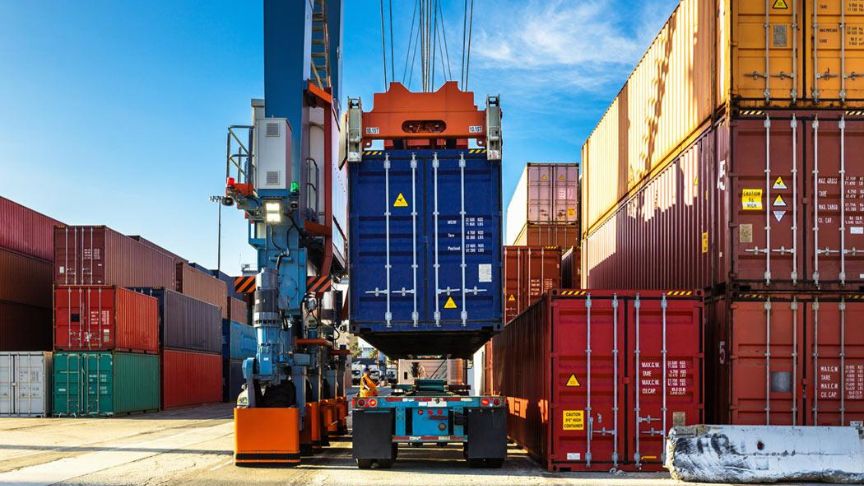
If you’ve ever shipped internationally, specifically across the ocean, you’ve likely heard about, and potentially used, less than container load (LCL) service. With LCL shipping, you only pay for the space you need to use in the container.
This service is particularly useful for shippers that don’t generate enough inventory to fill an entire ocean container. Today’s shippers strategically turn to LCL service as more than a cost savings measure. Applied properly, LCL service can help implement other supply chain strategies, like diversification.
The pandemic helped many shippers realize that LCL can help keep key inventory moving when capacity is hard to find. And today, three quarters of global shippers working with C.H. Robinson that include LCL in their strategy indicate they are taking advantage of LCL as much as or more than they were in 2022.
See if LCL can benefit your supply chain with these three advantages.
3 ways to benefit from LCL shipping
1. Save on shipping costs
If cost savings is still top of mind for your company, you’re not alone. Many of the shippers working with C.H. Robinson share that “taking costs out of the supply chain” is critical to their success.
LCL has almost always been considered a cost-saving service compared to shipping via full container load (FCL). But there are times—if FCL’s price per square foot is less than LCL for example—when FCL is a more cost effective option. It’s the classic bundle and save model.
But FCL cost savings usually only holds true if your 40ʹ or 20ʹ container is properly utilized and you’re not paying for high storage costs waiting to have enough freight to fill your container. If the opposite is true, LCL can be the more cost-efficient option.
Additionally, if the increased transit times that come with LCL aren’t a good fit, but you don’t want to pay for air service, consider expedited LCL as a smart service alternative.
2. Minimize shipping disruptions—especially during transitions
Not all disruptions can be avoided when it comes to global shipping—it’s the nature of the logistics industry. But diversifying your supply chain can help.
Spreading freight across different modes can help avoid disruptions that may impact a single mode of transportation. LCL fills the gap, working to diversify and mitigate risk.
For example, a manufacturer wants to shift 30% of air freight to ocean freight. This significant of a change may disrupt the flow of their supply chain because the transit time is substantially longer. Instead of shifting everything to FCL service, incorporating LCL services can bridge that gap while the company adapts their supply chain for the longer transit times. For an even easier transition, the company could incorporate expedited LCL before shifting to traditional LCL and eventually FCL service.
3. Respond to shifting demand quickly
Volumes at ports can shift dramatically and backlogs on one coast mean volumes may shift to another for months at a time. When these volumes shift back again, you may experience what feels like a small peak season. If you don’t anticipate the associated tightening of the market—especially if the market is fairly balanced otherwise—your supply chain may face the consequences.
Market changes like these are hard to predict, but LCL service can help you better manage shifts in the market by enabling your inventory to be in the right place at the right time.
During the pandemic, LCL service kept freight moving during times of high demand, low capacity, and container shortages. Shippers couldn’t always get a full container for their full shipment, but they could move some of their freight with LCL. After the pandemic, LCL helped again when overflowing warehouses meant shippers needed to import smaller amounts of inventory.
Create your LCL shipping strategy
From consumer demand shifts to market disruptions, you can apply LCL shipping as a strategic shipping method to fill many gaps your supply chain may face across the globe.
Connect with C.H. Robinson experts today to see how LCL service can bring smarter solutions to your supply chain.
https://www.chrobinson.com/en-sg/resources/resource-center/guides/rethinking-lcl-shipping/